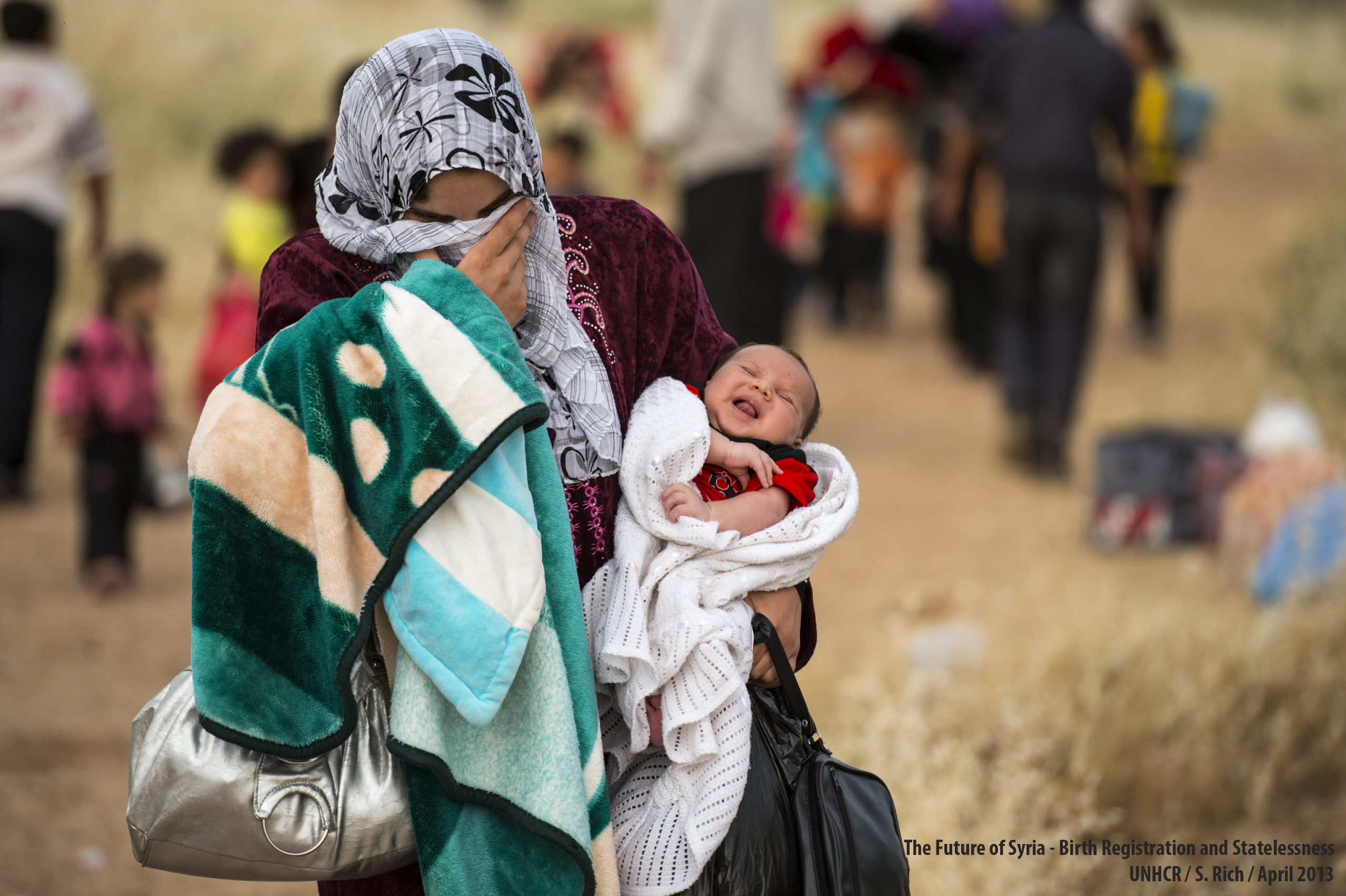Relegating Refugees to Waiting

By Caren J. Frost, PhD, MPH, Director of the Center for Research on Migration Refugee Integration, University of Utah College of Social Work
On Friday, January 27, President Trump issued an executive order titled “Protecting the Nation from Foreign Terrorist Entry into the United States.” At first read, this executive order is troubling on a number of levels, specifically: its lack of data to support the claims that “numerous foreign-born individuals have been convicted or implicated in terrorism-related crimes since September 11, 2001;” and the lumping together of immigrant and refugee groups as all having the same admissions issues to the U.S. In an effort to help us process this development and consider some of its ramifications, I would like to highlight three issues that deeply concern me about this document in relation to refugees being resettled in the U.S.
First, under Section 5 (“Realignment of the U.S. Refugee Admissions Program for Fiscal Year 2017”), individuals who have been categorized as refugees and who are in the process of being resettled in the U.S. might have to wait 120 additional days (four months!) while their applications are re-reviewed, adjudicated and a new process for admitting refugees is developed. Currently, admittance to the U.S. takes eight to 10 months for these application and adjudication processes to occur, plus another 12 months to 24 months before resettlement is finalized. During the new 120 additional days, individuals who have been determined to be refugees could be stuck in limbo, waiting in camps and/or other locations before they can be considered for resettlement—if it can happen at all due to potential new requirements. Refugees could be allowed entre based a case-by-case review, but it is unclear what that means for those already in transit. Second, under Section 5(b), individuals who are claiming religious persecution and asking for asylum as refugees can only claim this if they are from a minority religious group in their country of origin. (By the way, “A refugee is someone who has been forced to flee his or her country because of persecution, war, or violence. Arefugeehas a well-founded fear of persecution for reasons of race, religion, nationality, political opinion or membership in a particular social group.” http://www.unrefugees.org/what-is-a-refugee/) Not only is this concept counter to the U.N. 1951 definition of a refugee, it states that if an individual is from a majority religion in his or her country of origin, that person would not be allowed entry into the United States as a refugee. While this caveat might be applied to all individuals who are from a majority religion, with the next section of this executive order it is clear the focus is on Muslims who are requesting resettlement from an Islamic country, e.g., Syria. Third, the timing for reviewing already existing policies and processes for screening immigrants and refugees overall—e.g., 30, 60, 90, 120, and 200 days—as well as the timing for reporting and developing “uniform screening standard and procedure,” will make entry into the U.S. untenable for individuals who have been determined to be refugees. The U.S. will not be upholding its agreement to the world community to ensure that people in need of refuge are allowed to enter the U.S.—a place of safety.
Preliminary data from a recent perception survey indicate that a majority of people in the U.S. believe that helping refugees is a “moral imperative” for our country. The president’s executive order is not in line with public opinion and links immigrants and refugees into one document that dictates how the U.S. will (or will not) accept them into the U.S.
If you care about what happens to refugees, here are three issues—leaving people un-resettled, religious profiling, and promoting untenable timelines for system change—that you can use to frame advocating the end of this executive order. How?
Contact your legislative representatives at the state and federal levels. Tell your representatives that these actions are without basis and will hurt individuals who are refugees. Find contact information for your Utah state legislators here and your federal legislators here (House of Representatives) and here (Senate). Contact your governor’s office and tell them this is not how the U.S. should be working with other countries and certainly not with people in need of assistance. Find Utah Gov. Gary Herbert’s contact information here. Contact your local refugee resettlement agencies and ask how you can volunteer to work with refugees in your local area. In Utah, I recommend University Neighborhood Partners, the International Rescue Committee and Catholic Community Services.
The lives of refugees, who are mainly women and children, are in our hands. As a nation of people who have immigrated, we should take this responsibility seriously!
The views and opinions expressed on the interACTION blog are those of the authors and do not necessarily reflect the official policy or position of the University of Utah or the College of Social Work.
